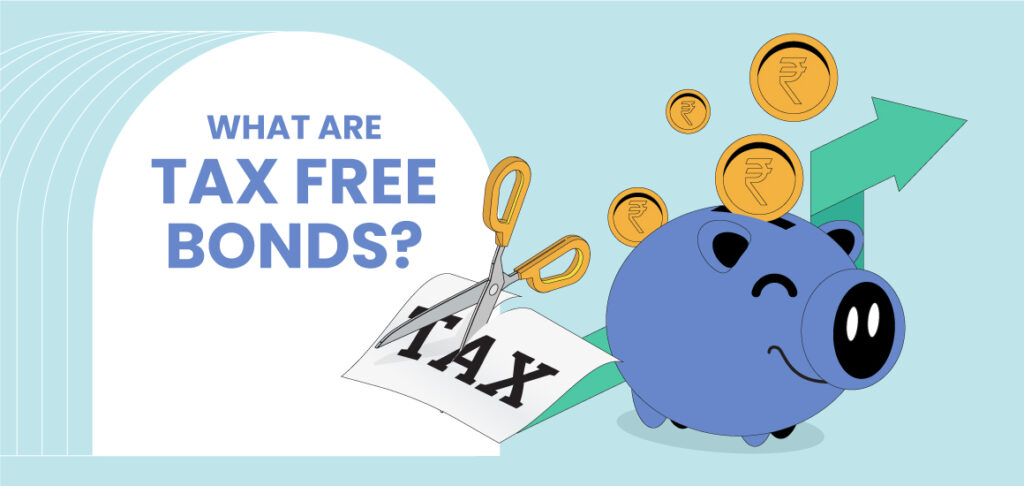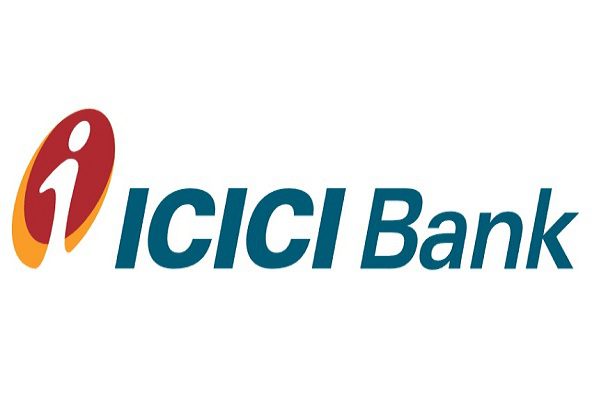Are you tired of paying taxes on your investments? Introducing tax-free bonds! These bonds are becoming increasingly popular due to the many benefits they offer. First, let’s define tax-free bonds. They are debt instruments issued by government-backed entities, where the interest income earned is exempt from federal income tax. No more worrying about tax deductions! No wonder investors are flocking towards these bonds.
But who can invest in these bonds? Anyone with a Pan card, NRI’s included! Plus, they come with low to moderate risk, making them a safe bet for risk-averse investors. So, if you’re looking for a tax-saving alternative to fixed deposits, tax-free bonds are the way to go.
Tax-free bonds vs taxable bonds
Tax-free bonds and taxable bonds are two types of bonds that are vastly different from each other. Taxable bonds are investments where the interest earned on them is taxable as per the income tax slab of the investor. On the other hand, tax-free bonds are investments where the interest earned is completely tax-free.
The key differences between the two are in terms of taxation and yield. Tax-free bonds offer complete tax exemption while taxable bonds don’t. Therefore, the post-tax returns on tax-free bonds are much higher compared to taxable bonds. Additionally, tax-free bonds often have lower yields than taxable bonds as they are meant for investors who are looking to invest for the long term and not for quick gains.
Investors must also note that tax-free bonds have a longer tenure than regular taxable bonds, which range from 1-10 years. In contrast, tax-free bonds are typically issued for a longer tenure of 10-15 years or even more. So, the next time you are looking to invest your money, remember, taxable bonds may seem like the easy way out, but in the long run, tax-free bonds may offer better returns with the added benefit of being tax-free.
Different types of tax-free bonds
When it comes to tax-free bonds, there are different types to choose from. One of these types is Public Sector Undertaking (PSU) bonds, which are typically issued by government-owned companies. These bonds are considered to be a safe investment option, as the government stands behind the issuing company. Another type of tax-free bond is the Rural Electrification Corporation (REC) bond, which is issued by the Rural Electrification Corporation Limited. These bonds can be a good option for those looking for a regular income stream, as they offer fixed interest rates.
Then there are the National Highway Authority of India (NHAI) bonds, which are issued by the National Highways Authority of India. These bonds can provide a good investment option for those looking for long-term investments, as they typically have a longer maturity period.
Overall, when it comes to investing in tax-free bonds, it’s important to do your research and choose the option that aligns with your investment goals. Whether you opt for PSU bonds, REC bonds or NHAI bonds, make sure you understand the risks and returns associated with each type. Remember, tax-free bonds can be a great way to earn regular income without having to pay taxes on your earnings.
Tax benefits of investing in tax-free bonds
Tax-free bonds are an attractive investment option for those looking to reduce their tax liability. The biggest benefit of investing in tax-free bonds is that the interest earned on them is completely tax-free. This means that you get to keep the entire interest income without having to pay any income tax on it. Additionally, tax-free bonds also provide capital gains tax benefits. If you hold your tax-free bonds until maturity, any gains that you make on the sale of these bonds are exempt from capital gains tax.
However, if you sell your bonds before maturity, you will be liable to pay capital gains tax. While tax-free bonds provide attractive tax benefits, investors need to be aware of the risks associated with them. These include default risk, interest rate risk, and liquidity risk. It’s important to weigh the benefits of tax-free bonds against other investment options to determine which one is the most suitable for you.
Investing in tax-free bonds is easy. You can buy them from the primary market when they are first issued or from the secondary market through your broker. It’s important to do your research and make informed decisions before investing, to ensure that you are making the most out of your investment.
By investing in tax-free bonds, you not only benefit from attractive tax savings but also provide funds for development projects. Hidden benefits, something to think about for when you get your next job!
Risk and returns associated with tax-free bonds
Investors always weigh the risks and returns before making any investment decision. When it comes to tax-free bonds, it’s important to understand the risks associated with them.
One of the key risks is default risk, which means the possibility that the issuer may default on the repayment of the bond on the due date. This risk is relatively low for tax-free bonds issued by government-backed institutions such as PSUs and NHAI.
Another risk to keep in mind is interest rate risk. This refers to the possibility that the interest rate may rise in the future leading to a decrease in the value of the bond.
On the flip side, interest rate reductions would result in an increase in the value of the bond. Liquidity risk is a potential issue as well, which means the difficulty in converting the bond into cash when needed. Tax-free bonds are generally not very liquid, and hence investors should be ready to hold onto these bonds till maturity.
Despite these risks, tax-free bonds remain an attractive investment option for many investors due to the high tax benefits and stable returns they offer. In fact, tax-free bonds generally provide better returns than fixed deposit rates and savings account rates.
Investors should compare tax-free bond returns with other investment options such as mutual funds, stocks, or real estate. While returns from tax-free bonds may look attractive, there are other factors to consider such as the investment horizon and risk tolerance. It’s important to conduct due diligence and research before making any investment decision.
In summary, tax-free bonds come with some inherent risks, but they still remain a popular investment option due to the compelling tax benefits and stable returns they offer. Investors should weigh the risks and potential returns before making any investment decision.
How to invest in tax-free bonds
So, you’ve decided to invest in tax-free bonds. Good choice! Now, where can you buy them? Well, tax-free bonds are typically issued through public offers by companies like PSUs, NHAI, and REC. You can buy them through banks, online broking platforms, or even the stock exchange.
But before you jump in, remember that it’s important to do your research and choose a reputable issuer. Look for a company with a good credit rating and long-term stability. It’s also important to pay attention to the interest rate and the maturity period.
Once you’ve selected an issuer, you can buy tax-free bonds online or through a broker. The process is similar to buying stocks or other securities. You’ll need to have a demat account and link it to your bank account. From there, you can place your order and purchase the bonds.
So, there you have it – a brief guide on how to invest in tax-free bonds. Just remember to do your due diligence and choose a reputable issuer. Happy investing!
Conclusion
Tax-free bonds are a great investment option with attractive tax benefits. They can help you save on taxes and offer a fixed income. However, they come with their own set of risks, so it’s important to do your research and invest wisely. Generally, investors who fall into high tax brackets should consider investing in tax-free bonds. It’s always advisable to consult with your financial advisor before making any investment decisions. Happy investing!













